Pearl (Moti)
Pearl is an organic gemstone known for its lustrous beauty and elegance. Unlike most gemstones, pearls are not formed in the Earth’s crust but rather inside certain species of mollusks, such as oysters and mussels. Pearls have been treasured for their natural charm and have been used in jewelry and other adornments for centuries. Here are some key points about pearl stones:
Formation: Pearls are formed when an irritant, such as a grain of sand or a parasite, enters the soft tissue of a mollusk. The mollusk then secretes layers of nacre, a combination of calcium carbonate and proteins, to coat the irritant. Over time, these layers build up and form a pearl.
Color and Shape: Pearls come in a variety of colors, including white, cream, pink, silver, black, and even iridescent hues. The color of a pearl is influenced by factors such as the species of mollusk, the water in which it forms, and the environment. Pearls can also exhibit different shapes, such as round, oval, button, baroque (irregular shape), or even uniquely shaped pearls.
Cultured Pearls: The majority of pearls available today are cultured pearls. In this process, humans initiate the pearl formation by inserting an irritant, known as a nucleus or bead, into the mollusk. The mollusk then forms layers of nacre around the nucleus, resulting in a cultured pearl. Cultured pearls can be freshwater or saltwater pearls, depending on the type of mollusk used.
Natural Pearls: Natural pearls are formed without human intervention, and they are quite rare and valuable. These pearls are formed when an irritant enters the mollusk naturally, without any human interference. Natural pearls have become increasingly rare due to overharvesting and pollution, making them highly sought after by collectors.
Luster and Surface Quality: The luster of a pearl refers to its shine and brilliance. Pearls with high luster reflect light well and have a radiant glow. The surface quality of a pearl is assessed based on the presence of blemishes, such as spots, bumps, or uneven texture. Pearls with fewer blemishes are considered more valuable.
Symbolism: Pearls have been associated with purity, elegance, and femininity throughout history. They are often considered a symbol of beauty, wealth, and sophistication. In many cultures, pearls are worn as a symbol of status and are popularly used in wedding jewelry.

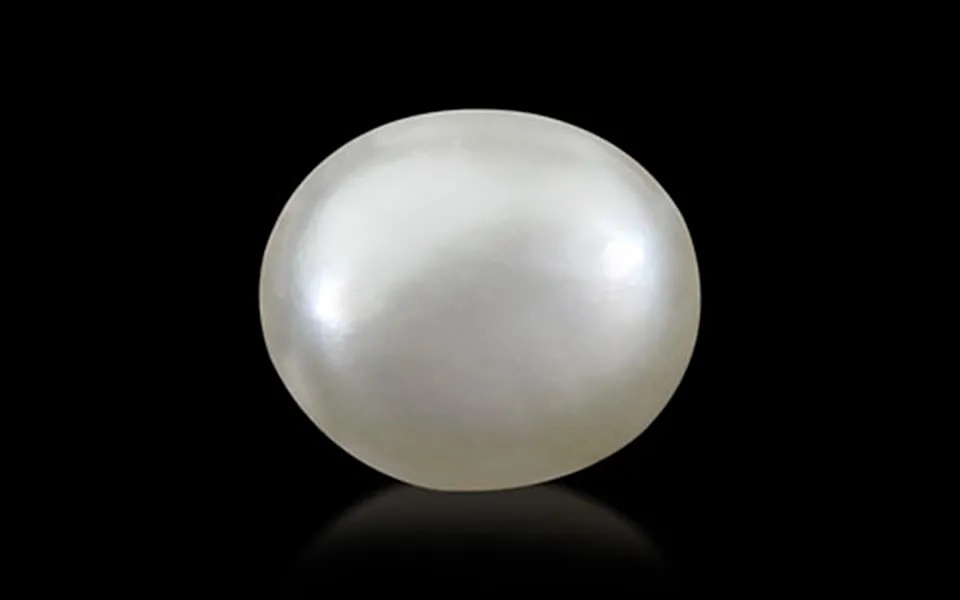
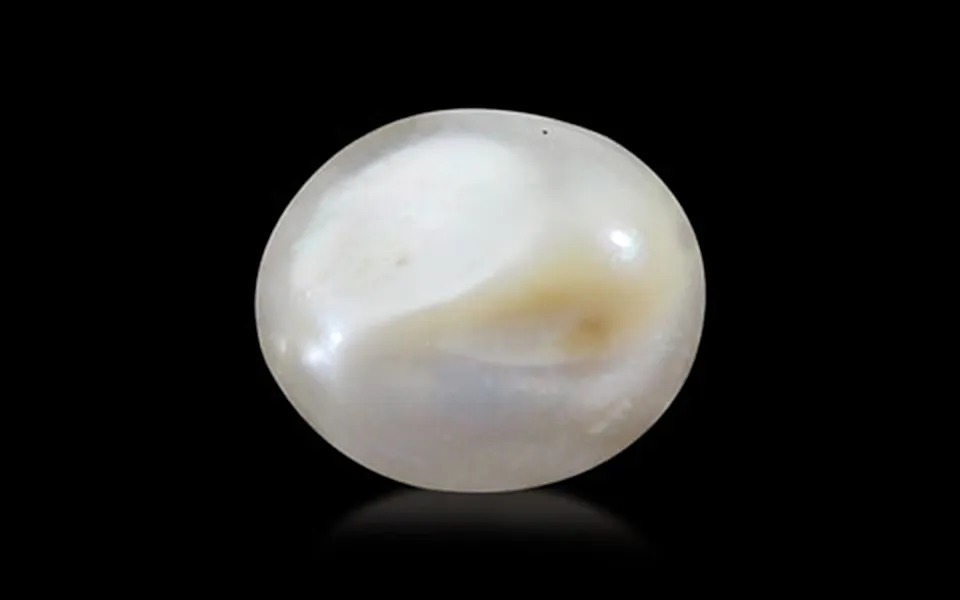
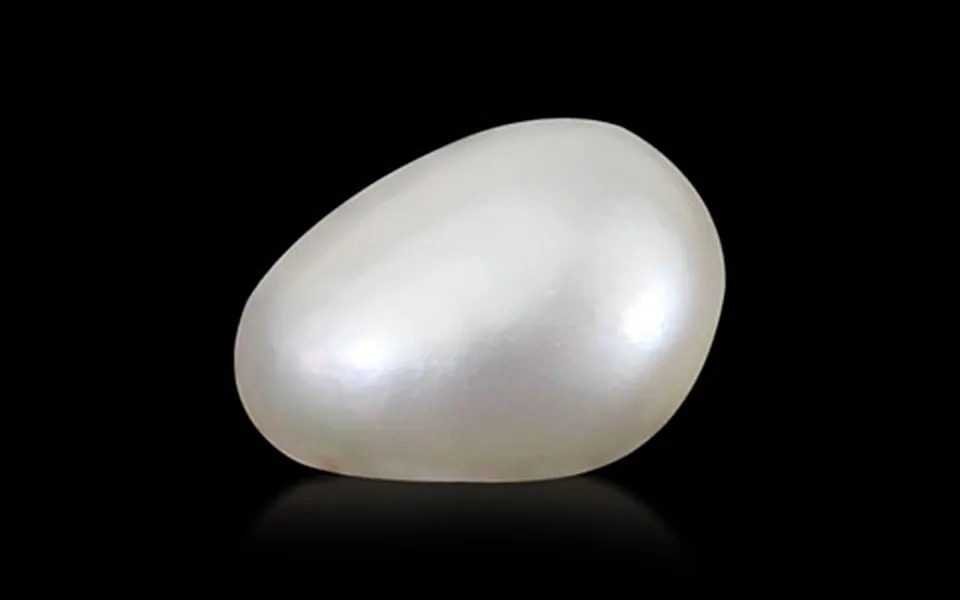
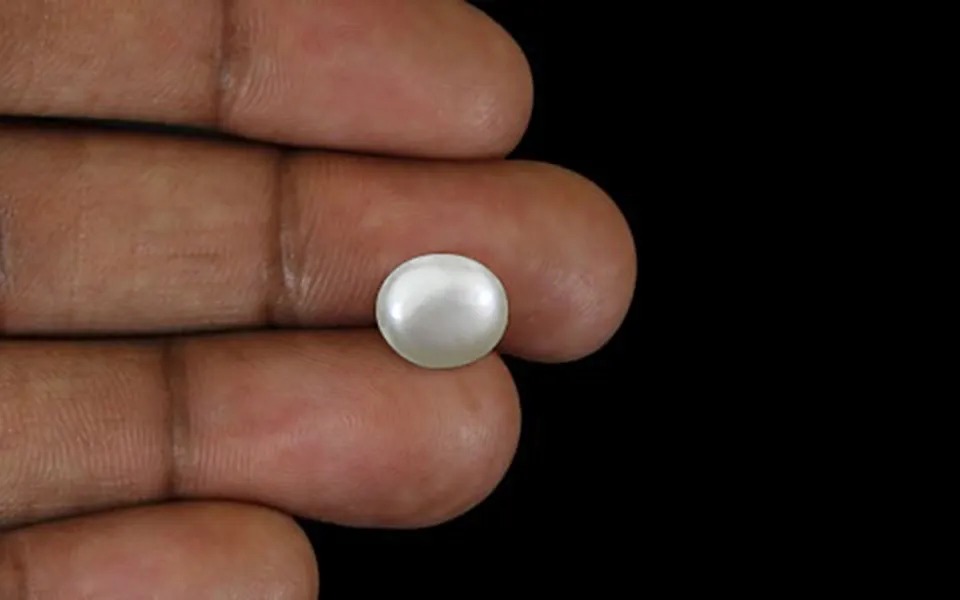

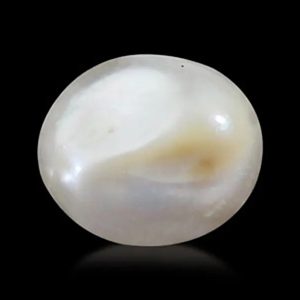
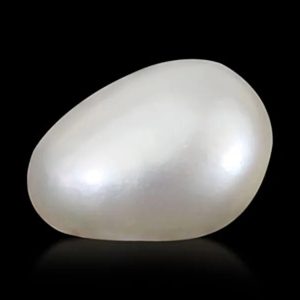
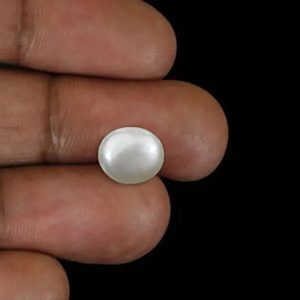
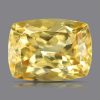
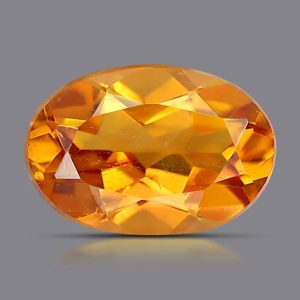
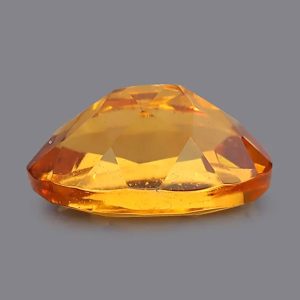
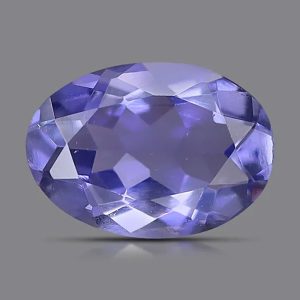
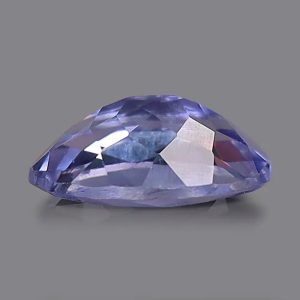
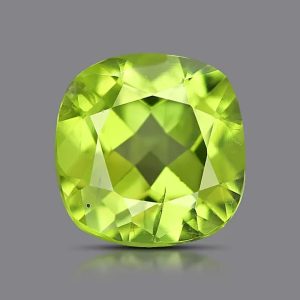
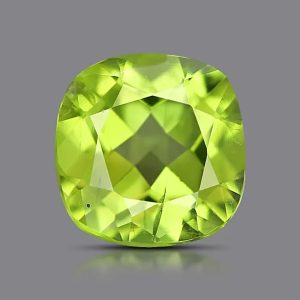

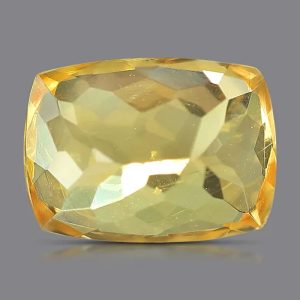
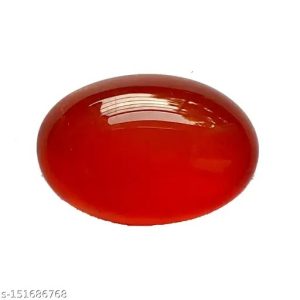
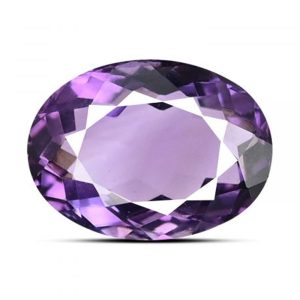
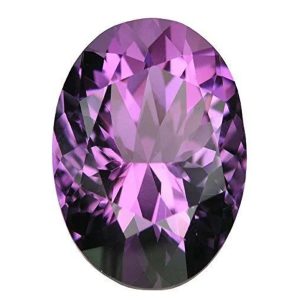
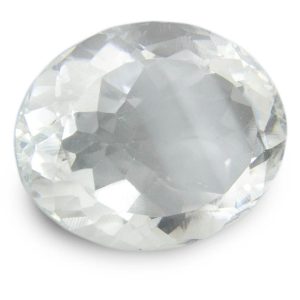


Reviews
There are no reviews yet.